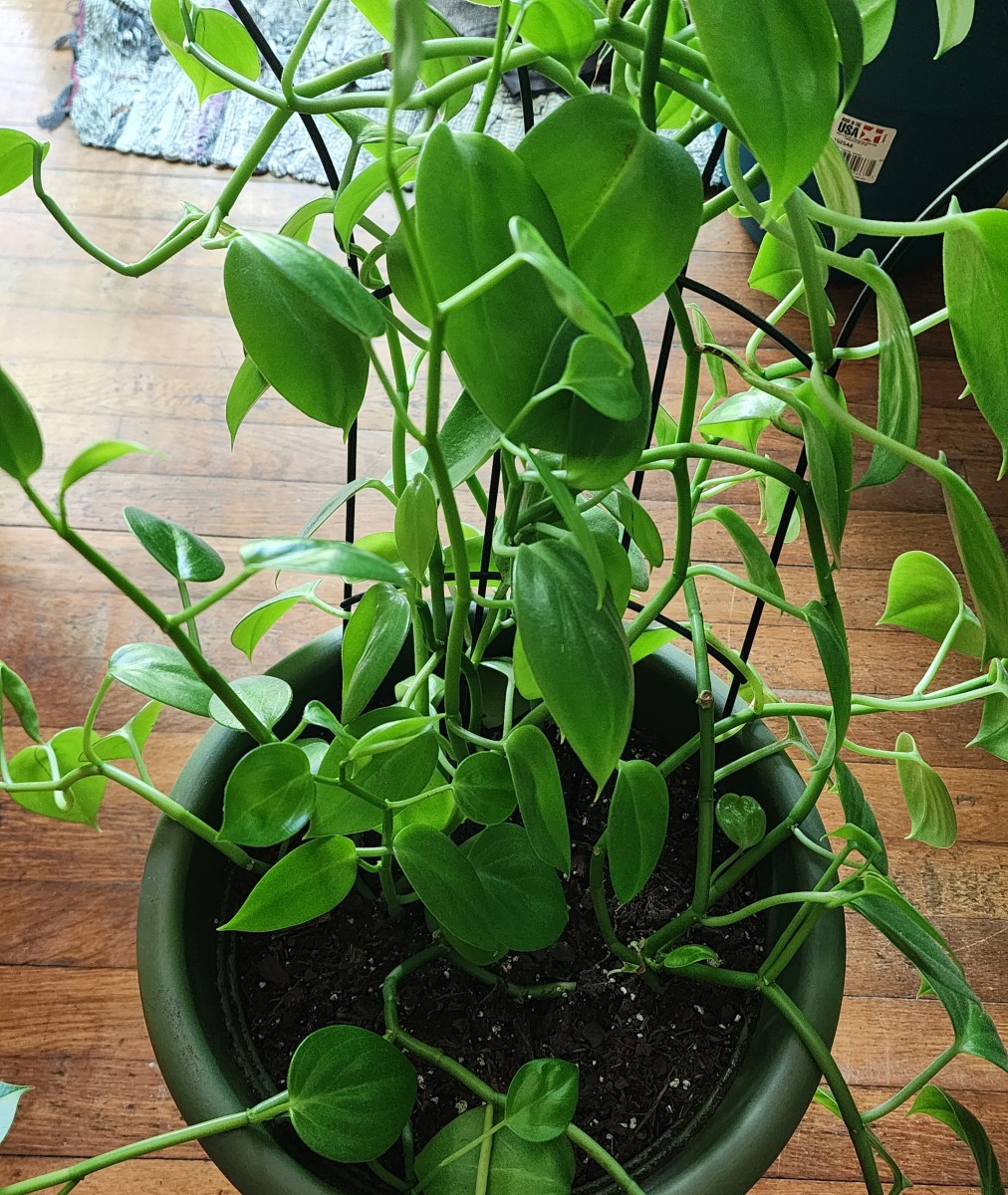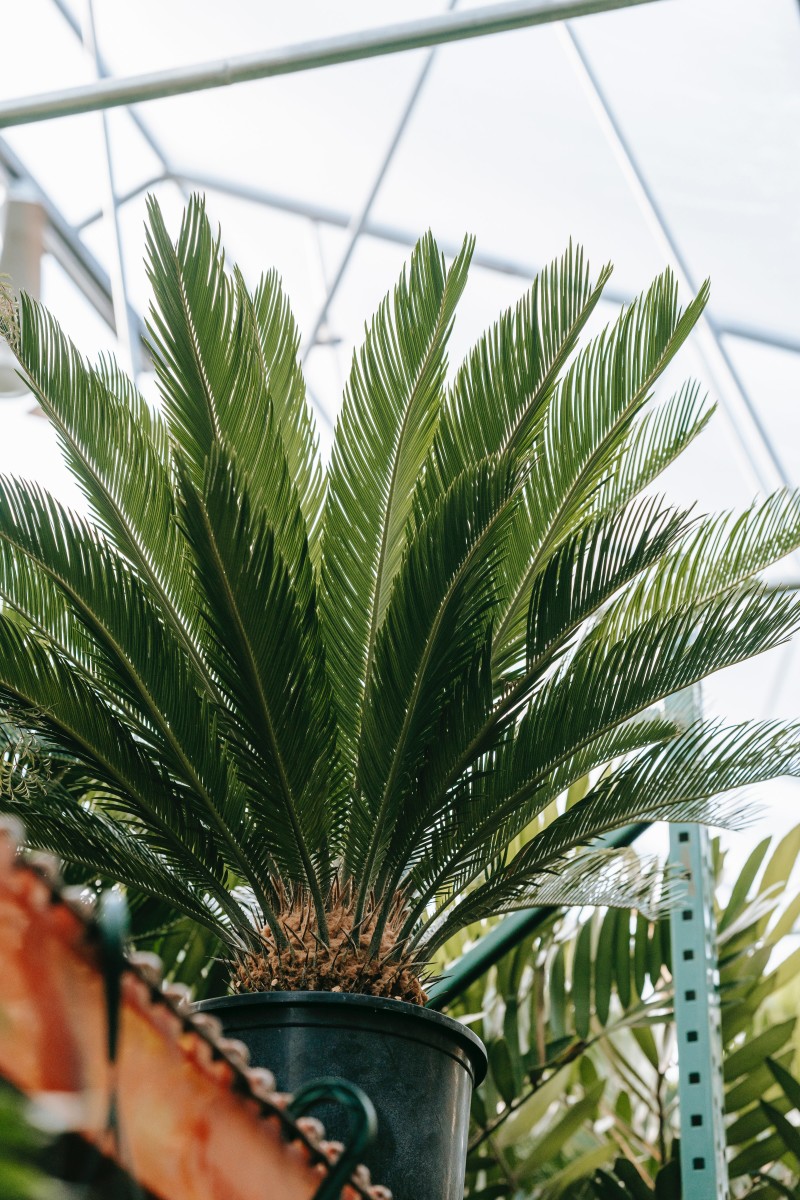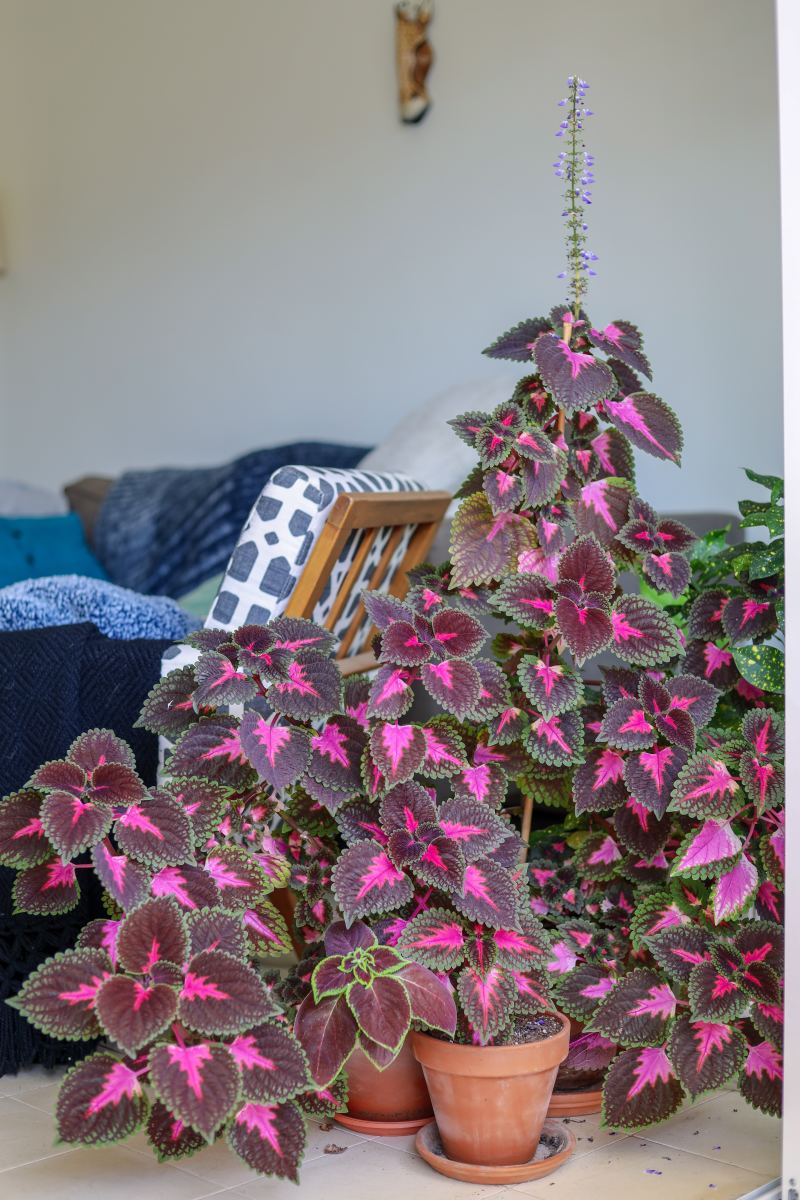- HubPages»
- Home and Garden»
- Gardening»
- House Plants
How to Grow and Care for Cape Primroses
Cape Primroses
The modern large-flowering hybrids of Streptocarpus sold as house plants originate from South Africa - the source of their common name, Cape Primroses. They were mainly imported during the second half of the nineteenth century, although some species were only discovered as recently as 1940.
Cape Primroses bear leaves 6-7 in (15-18 cm) or more long, in opposite or alternate pairs or in whorls of three or four. Flower stems, which can rise up to 8 in (20 cm) above the crown of the plant, produce a number of flared, trumpet-shaped flowers, about 1½ in (3-5 cm) long in shades of blue, violet, pink, red, white and lilac, all with striped throats. They flower for a long time, from late spring until autumn, and are quite easy to grow provided a little care is taken when watering in winter.
Cape Primroses are perennials, and although it is possible to keep them going for years, they do get a bit 'tired' and untidy-looking after 2-3 seasons. It is better to propagate them from seed or leaf cuttings and replace them with new plants as the older ones pass their best.
They can be used in bowls of mixed plants but really look best on their own or with other Streptocarpus plants with different colored flowers.

Proper care guide
Atmosphere: Cape Primroses enjoy a well ventilated, but not draughty, position free from gas fumes and tobacco smoke.
Cleaning: A gentle flick with a feather duster or a soft paintbrush is best. Never add water or leaf shine.
Feeding: Add half the recommended dose of high-phosphate liquid fertilizer to water, and apply to actively growing plants every 2-4 weeks.
Humidity: At temperatures above 75° F (24° C), it is important to provide extra humidity. It is best to stand their pots on trays of damp pebbles and keep their roots cool by covering the surface of the potting mixture with a constantly moist layer of sphagnum moss.
How to take leaf cuttings
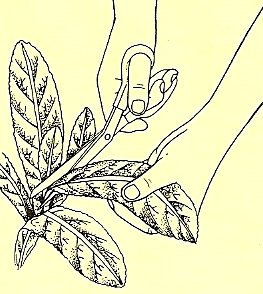
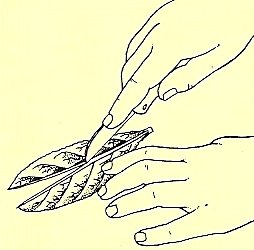
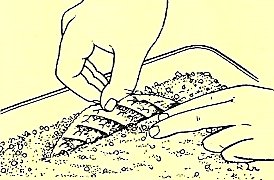

Light: Cape Primroses require good light to flourish. Give actively growing plants bright light without direct sunlight. Medium light is adequate during the winter months.
Potting and re-potting: Standard potting mixture, with a little extra peat, can be used. Cape Primroses are shallow-rooted plants, so use shallow pots or trays to begin with, and move the plants into slightly larger pots or containers only when their roots fill the pot. Pots or containers up to about 6 in (15 cm) should be the largest required.
Cape Primroses should be re-potted each spring, even if they are returned to the same size pot.
Propagation: Cape Primroses can be grown from seed (see step-by-step illustrations below right) sown at a temperature of 64° F (18° C). Leaf cuttings taken in spring will also produce good plants (see photos on right):
1. Choose a healthy leaf and cut it off at the base.
2. Lay the leaf upside down on a hard surface and cut along its length, down the middle of the central vein.
How to grow from seed
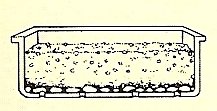
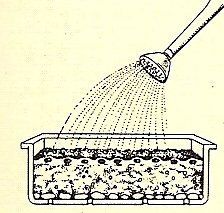



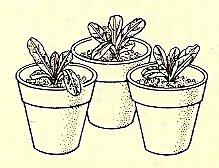
3. Dip the cut surface in hormone rooting powder. Shake of surplus.
4. Insert the base of each section ½ in (1 cm) deep in a 2 in (5 cm) pot or seed tray filled with the mixture recommended for adult plants.
5. Place the pots or seed tray in medium light, and keep the mixture barely moist.
6. Plantlets should appear at the bottom of the sections in 4-6 weeks. When plantlets have 2 or 3 new leaves, lift them from the potting mixture and gently pull them away from the parent section. Plant them in a 2 in (5 cm) pot, and treat them in the same way as a mature specimen.
Pruning: Remove broken, torn or diseased leaves and old flowering spikes as soon as the flowers have dropped.
Temperature: A minimum of 60° F (15° C) in winter is ideal. If the temperature drops below this, the plant must be kept drier as it will become almost dormant. The ideal summer temperature is 65-70° F (18-21° C) with a maximum of 75° F (24° C) - see Humidity above.
Watering: Water only moderately 2-3 times a week during the summer, allowing the top ½ in (1 cm) of the potting mixture to dry out between waterings. In winter, water only once a week or even less if the temperature is below 60° F (15° C).
Special points
Mildew is a possibility if Streptocarpuses are given high humidity without adequate air circulation. Watch out, too, for mealy bugs on leaf undersides.
What goes wrong
Problem
| Cause
| Solution
|
|---|---|---|
Leaves rot off in winter
| Temperature too low and/or soil too wet
| Move plant to warmer spot and reduce watering. Dust with sulphur.
|
Leaves shrivel
| Plant too dry
| Water more frequently.
|

Recommended species
- Streptocarpus X 'Constant Nymph'
- Streptocarpus X 'John Innes'
- Streptocarpus polyanthus
- Streptocarpus rexii
- Streptocarpus saxorum
- Streptocarpus X 'Weismoor'
As an outdoor plant
Cape Primroses can also be grown outdoors anywhere winters are frost-free or nearly so. In nature, they occur in moist, well-drained, leaf-rich soil in the dappled shade of open forests, and similar conditions in the garden suit them admirably.



